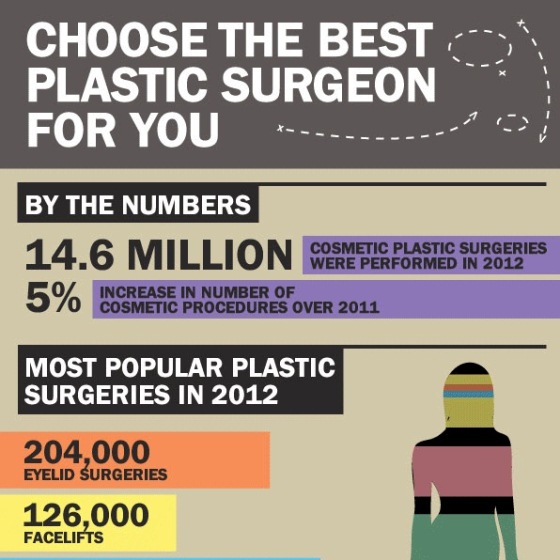Baking Soda For Acne Is It Safe
Baking Soda For Acne Is It Safe
Blog Article
Sources of Acne on Cheeks
Acne outbreaks in the cheek area are triggered by several things, from touching your face often to not changing your pillow case often sufficient. Picking at acnes increases your threat of infection and scarring, and specific drugs can get worse dark areas (postinflammatory hyperpigmentation).
The good news is, there are several ways to prevent and deal with cheek acne. These consist of:
1. Hormone Adjustments
Acne is largely caused by hormonal agents, especially those generated throughout adolescence and maternity. For some, a family history of acne might likewise contribute to their condition. Anything that clogs pores, such as oil-based skin care products or ceraceous hair items, can cause acne. Numerous topical therapies, like benzoyl peroxide and salicylic acid, can battle germs and unblock pores. Those with severe or chronic acne should look for therapy from their medical professional.
Stay clear of touching or pressing your acne, as this can push some of the bacteria deeper right into the skin, bring about an extra extreme outbreak. It is likewise essential to change pillowcases regularly and use tidy make-up brushes. You must also try to avoid toxic irritants such as rubbing from using a safety helmet or tight collar.
2. Diet
The oily, sweet foods that lots of people think trigger acne might in fact refrain from doing so. As a matter of fact, studies have revealed that consuming a diet abundant in entire, nutrient-dense foods assists to prevent breakouts.
Foods high in the glycemic index (such as white bread, corn flakes, blew rice and potatoes, doughnuts and other pastries) elevate blood sugar level levels rapidly, and this can increase hormonal agents that improve oil production and bring about acne.
Consuming alcohol cow's milk has also been connected to boosted acne breakouts. If you are a regular cow's milk enthusiast, you may want to attempt changing to low-fat or nondairy options that are fortified with calcium. On top of that, consuming more water can aid to minimize acne because it aids to maintain the skin hydrated.
3. Excess Oil
While oil is important for healthy and balanced skin, it can end up being a problem when way too much sebum combines with dead skin cells and blocks pores. This mix can produce blackheads, whiteheads and acnes. The blocked pore wall can break down and spill microorganisms, dead skin cells and sebum right into surrounding skin. This causes a red bump referred to as a pimple. Often these red bumps have pus in the center from a microbial infection. Larger infected bumps that resemble acne are called cysts.
There are numerous points that can trigger excess sebum and clogged pores, consisting of hormone variations, diet plan and daily routines. Some examples consist of touching the face often, relaxing your botox brow lift hand on your cheek, utilizing dirty make-up brushes and not changing pillow cases routinely.
4. Stress and anxiety
If you're taking care of throbbing acnes or a slew of blackheads and whiteheads, it might be time to talk to a skin doctor. They can recommend a reliable treatment that matches your skin type. Exercising relaxation and stress-reduction strategies also aids.
Acne can occur in the cheeks because of friction and stress, such as when a person touches their face often or puts on a hat or sports helmet that massages against the skin. It can additionally appear where oily cosmetics and lotions massage against the skin.
Prevent squeezing acne, as this can push contaminated material deeper right into the skin and lead to scarring. Instead, see a medical professional to find out about preventative therapies like medicine, skin treatment products and way of life changes. Eating a healthy and balanced diet of entire foods, obtaining seven to 9 hours of sleep and utilizing noncomedogenic make-up and skincare items can all help reduce acne breakouts.
5. Hair Products
Hair items are not generally taken a cause of outbreaks, yet they can contribute to acne on the cheeks in some individuals. Pomade acne, which is identified by small shut comedones and papulopustules, is commonly triggered by making use of oily hair products that contain comedogenic active ingredients such as certain oils and acetylated lanolin.
Selecting hair items that don't include these possibly comedogenic ingredients is a crucial action toward reducing outbreaks. Also, guaranteeing that hair items aren't coming in contact with the skin can help stop outbreaks. For example, using a headscarf or hood at night can limit hair-to-face call and reduce the possibility that leave-in hair items will certainly rub off onto the face.
In addition to utilizing a non-comedogenic cream and cleaning with an acne face wash, other practical strategies include: